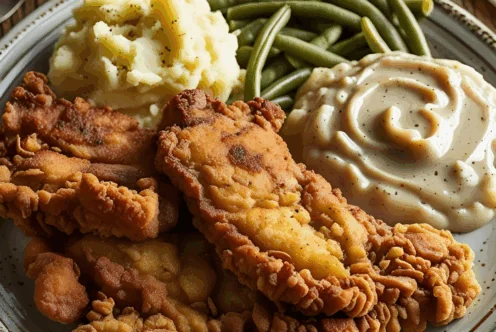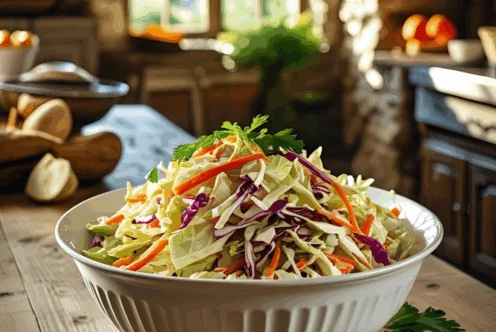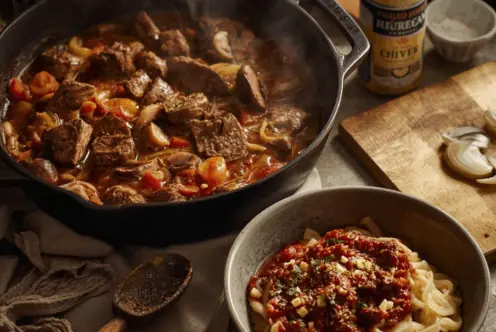Blog
How to Handle Gluten Sensitivities at School
By Heide Kennedy, Arizona Farm Bureau Communications Intern
Food allergies and sensitivities are much more common than you think. In fact, researchers estimate that about 32 million people in the united states alone have at least one food allergy, with 5.6 million of them being under the age of 18. One specific category of people that this impacts daily is students who eat lunches at school. Those with celiac disease or gluten intolerance are those affected more frequently, due to the high prevalence of gluten in so many food items. 
Registered dietician Jessica Lebovits notes how vital good nourishment is to a successful day at school, so ensuring that students who require gluten-free meals have the proper food items is very important. Here are some tips she provides on how to maintain a gluten-free diet while school is in session.
Include naturally gluten-free foods.
When packing school lunches or choosing from cafeteria options, she says to select foods that are naturally gluten-free, such as fruits, vegetables, meats, dairy, and seafood. This is because many prepackaged or pre-processed foods often have gluten hidden in them, whereas naturally gluten-free foods are guaranteed to be gluten-free.
Always read food labels.
Food labels tell you all of the ingredients that go into that particular food, and also list allergens in bold. Make sure that prepackaged foods are explicitly labeled as gluten-free to avoid any accidental consumption.
Keep a backup meal or snack.
Always pack your kids a small stash of gluten-free snack items on hand in the event that gluten-free foods are not available. While it isn’t the best replacement for a balanced meal, it still provides some nutrition and gives them that boost of energy to get them through their school day.
Talk to the school staff.
It never hurts to make school staff aware of your child’s gluten sensitivity. This can be alerting teachers, cafeteria staff, and even the school nurse just so that they know to take extra precautions when serving or handling foods. Lebovits also notes that special accommodations can be made, such as providing refrigerator space, access to a microwave, or having gluten-free options available in the cafeteria or classroom.
As a person who has multiple food allergies and sensitivities, gluten being one of them, I know the importance of eating only gluten-free foods. Considering how important nutrition is to a child’s success at school, taking the necessary actions to make sure that they have access to gluten-free foods at school is crucial.
For more health-related articles, check out the Fill Your Plate blog!

















